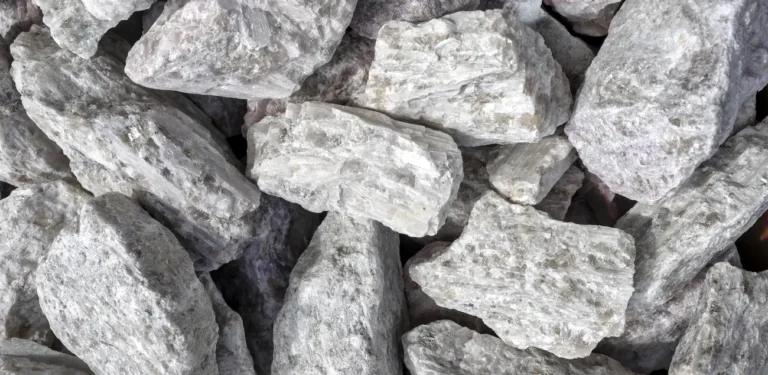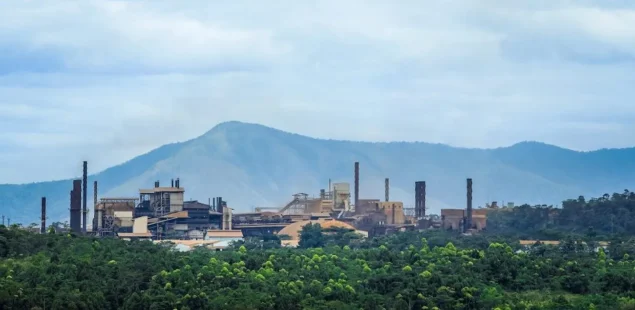
Indonesia plans to more than double its cobalt production capacity to 114,630 metric tonnes per year by 2027, up from 55,630 tonnes in 2024, according to Septian Hario Seto, executive secretary of the country’s National Economic Council. Speaking at the Cobalt Congress 2025 in Singapore, Seto said the country has no intention of controlling global cobalt supply despite recent signals from the Democratic Republic of Congo (DRC), the world’s largest producer.
Indonesia currently ranks as the second-largest cobalt producer globally, behind the DRC, which accounts for about 70% of global supply. In February, the DRC imposed a four-month export ban on cobalt to address oversupply and falling prices. Discussions in March also suggested a potential partnership with Indonesia to jointly manage pricing and supply.
Seto dismissed the idea of coordinated supply controls, stating that doing so would also require managing nickel, a closely linked commodity. “If we control cobalt, we will need to control nickel,” he said.
Indonesia’s rapid capacity expansion is being driven by the use of high pressure acid leaching (HPAL) technology, which has become commercially viable since 2021 due to previously elevated cobalt and nickel prices. Cobalt peaked at $40 per pound in 2022, before falling to $10/lb at the end of 2024. Following the DRC’s export restrictions, prices have since rebounded to around $16/lb.
Despite Indonesia’s growth in output, Seto acknowledged that it would not be sufficient to fully compensate for reduced supply from the DRC if the export ban is extended. He warned that prolonged restrictions could drive downstream manufacturers to reduce or eliminate cobalt from their processes due to supply uncertainty.
“The risk is that downstream users will see cobalt as unreliable and not sustainable, and they will look for ways to replace it,” he said.
Cobalt content in batteries has already declined in recent years, now averaging around 10%—or even as low as 5%—compared to historical levels of 20%.



